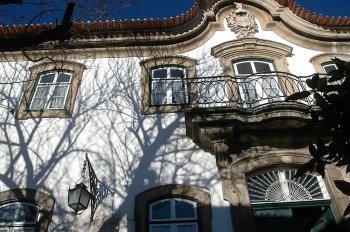Explore the best places
Heritage in Portugal
Museu da Lourinhã
- heritage
Rua João Luís de Moura, 95
2530-158, Lourinhã
Founded in 1984 by the Lourinhã Ethnology and Archaeology Group, the Lourinhã Museum boasts the largest collection of Upper Jurassic dinosaur fossils in the Iberian Peninsula and one of the most important in the world.
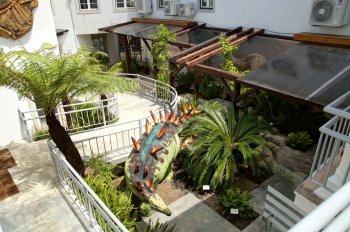
Convento de Santo António
- heritage
Praça Coronel António Maria Baptista
2530-125, Lourinhã
The National Monument classification covers the former Convent of Santo António da Lourinhã, including the Church of Santo António, also known as the Church of the Convent of Santo António da Lourinhã and the Church of Our Lady of the Annunciation. The monument is in Mannerist, Baroque, Rococo, and Neoclassical styles. The decoration is primarily Baroque in inspiration, except for the altarpieces, which are Neoclassical.
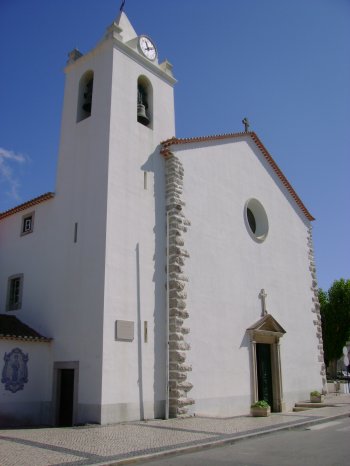
Igreja de Santa Maria do Castelo
- heritage
Rua Doutor Adriano Franco, 69
2530, Lourinhã
A Gothic temple whose decorative design extends beyond the church's structure. The main façade features a portal topped by a rose window. The three-nave interior features eight arches supported by columns with capitals decorated with phytomorphic motifs. A highlight is the Gothic-style holy water font.

Forte no Lugar de Paimogo / Forte de Nossa Senhora
- heritage
Avenida Paimogo
2530-245, Lugar do Paimogo
A small, bastioned fort with a regular plan, considered an important example of 17th-century military architecture. Built after restoration, it has remained unchanged to this day. It was part of the fortified line that runs from Peniche to Cascais and the mouth of the Tagus River.
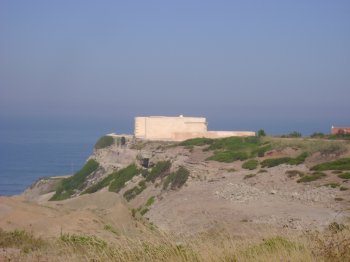
Igreja do Convento de Santo António / Antiga Igreja Matriz da Lourinhã
- heritage
Praça Coronel António Maria Baptista
2530-126, Lourinhã
Conventual church that belonged to the Franciscan Convent, founded in 1598. The interior features a single nave covered by a barrel vault and decorated with 18th-century tile ashlars. Of particular note are a 16th-century painting, an 18th-century carved altarpiece, a 1601 marble parietal tomb, and the ornate pulpit.
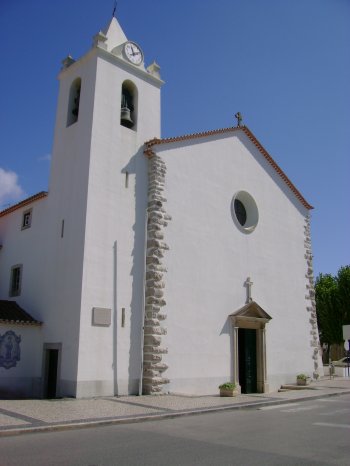
Percurso dos Moinhos da Pinhôa
- heritage
Rua dos Moinhos
2530, Moita dos Ferreiros
The municipality of Lourinhã has many windmills that, even if not used for agricultural purposes, are worth a visit. In Moita de Ferreiros, five restored windmills have been converted into cafés and bars, adding to the landscape's beauty.
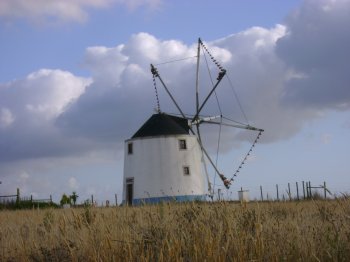
Igreja de São Pedro de Manteigas
- heritage
Largo Padre José Baylão Pinheiro - Largo de São Pedro
6260-166, Manteigas
Religious architecture comprises side chapels, a main chapel, two sacristies, and a bell tower. The façade is whitewashed with masonry finishes. The door is surmounted by three windows, the central one being rectangular and featuring a balcony. At the top is a niche with the figure of Saint Peter. Of note is the sword alluding to the cult of the Holy Constable. The interior preserves important elements: carved side altarpieces in the National and Neoclassical styles, and the main altar and side altars in the Neogothic style.
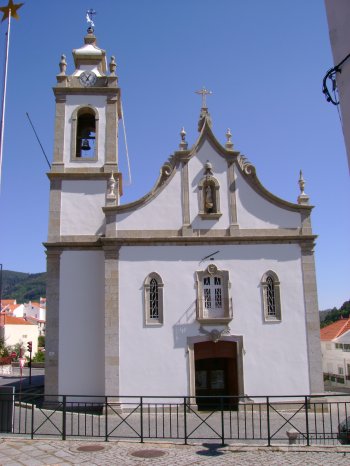
Observatório Meteorológico das Penhas Douradas
- heritage
EN232
6260-200, Penhas Douradas
An observatory built in 1882 that focuses on mountain forecasting and research. Inside, all the instruments used for this purpose are located.
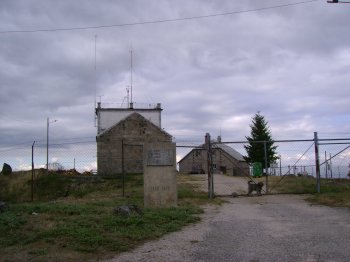
Igreja Matriz de Manteigas / Igreja de Santata Maria Maior
- heritage
Rua Vasco da Gama
6260-188, Manteigas
Religious, revivalist architecture, consisting of a nave, a chancel, and sacristies. The main façade features two bell towers. Above the doorway is a cross with masonry finishes.
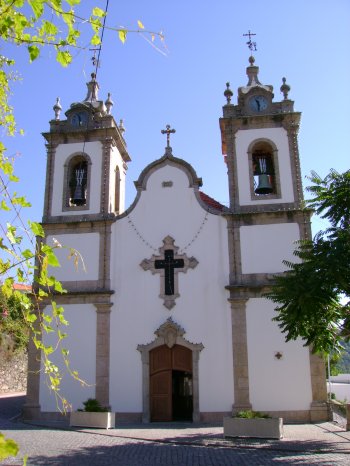
Casa das Obras
- heritage
Praça da Louça
6260-185, Manteigas
This two-story building dates back to the 18th century, featuring a distinctive entrance gate with carved stonework, followed by a barred balcony. Also notable in this building is the central doorway, topped by a bay window with a curved balcony, flanked by symmetrical, equidistant windows. The atrium is marked by depressed arches and features a central grand staircase. Currently, it serves as a guesthouse.
